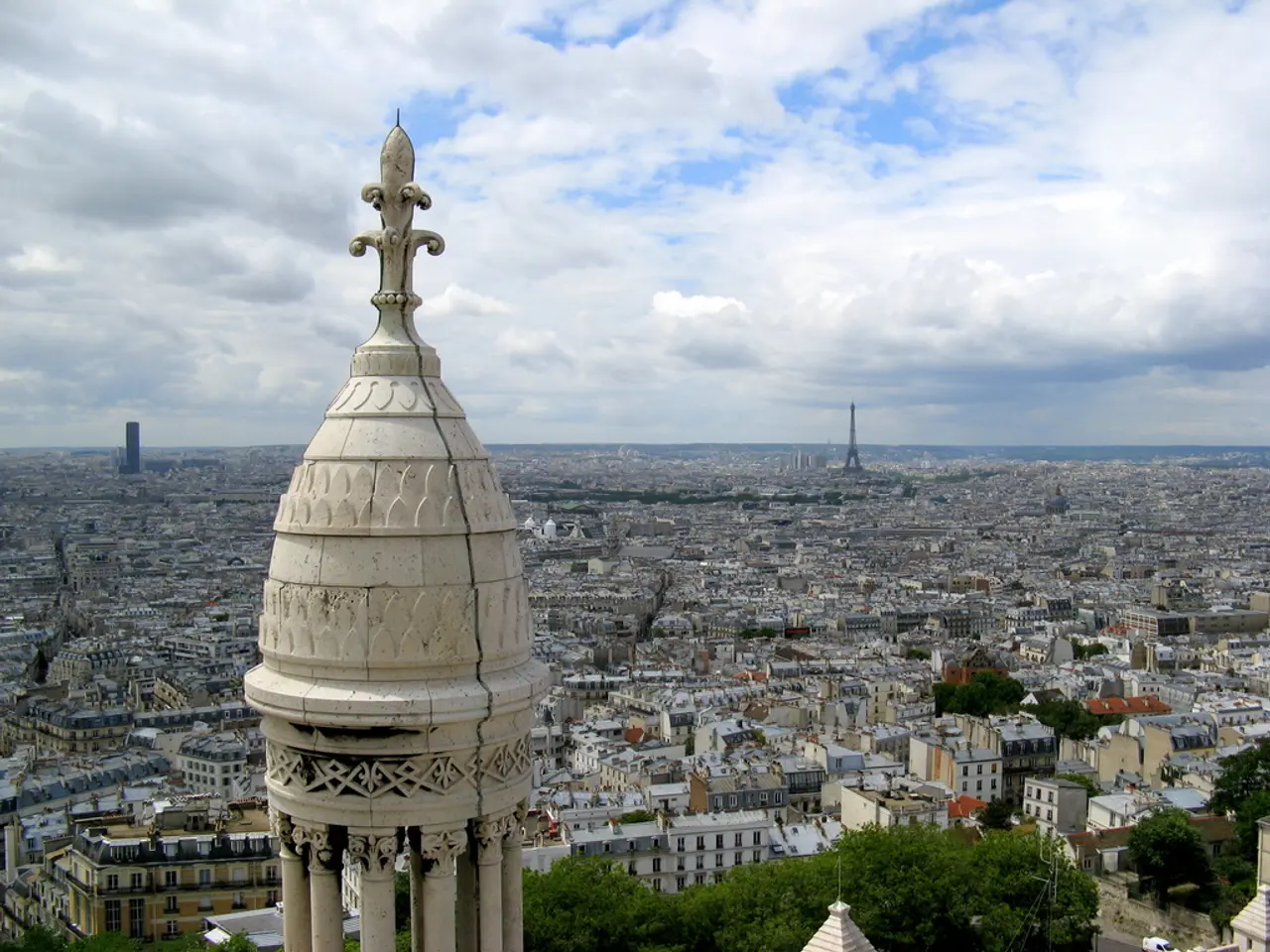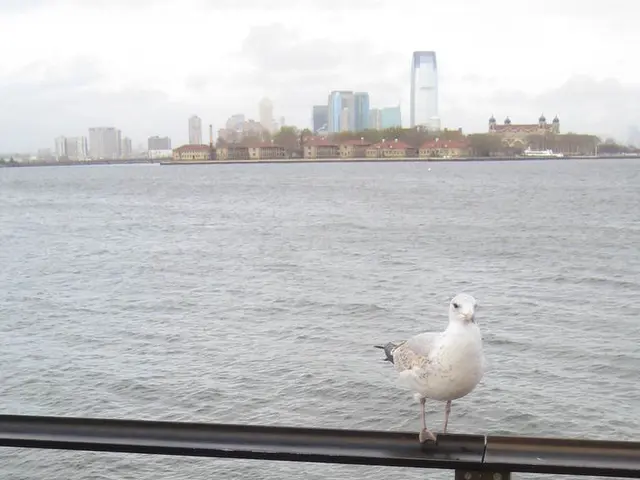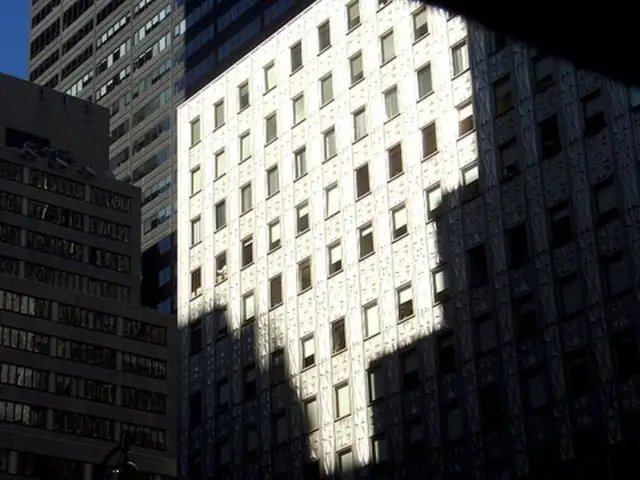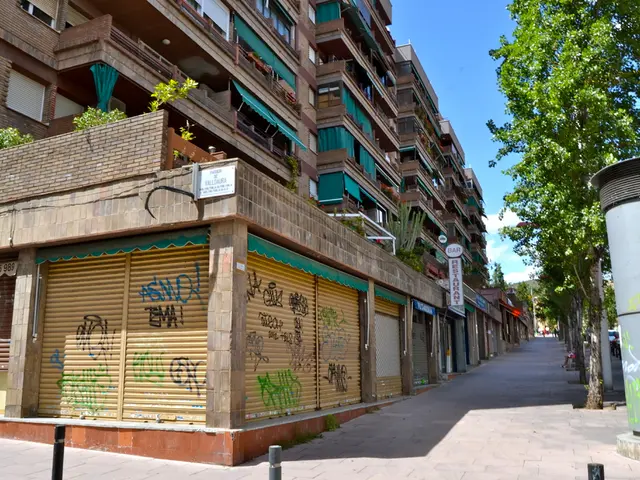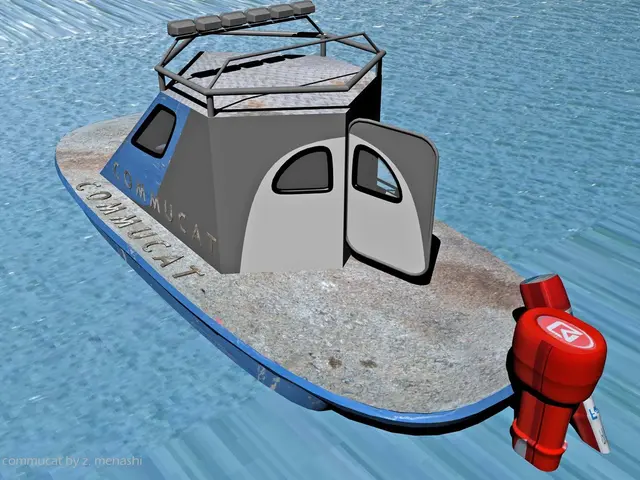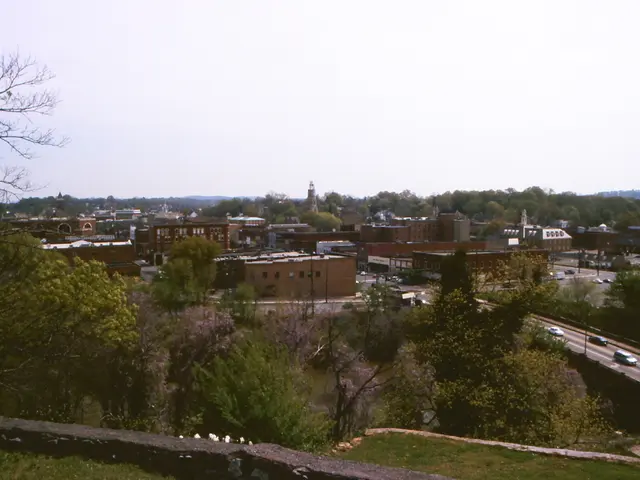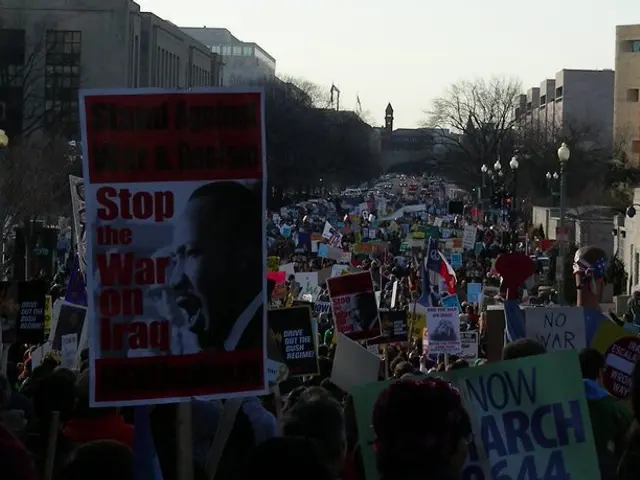Kowloon Walled City: From 'City of Darkness' to Park
In 1993, the Kowloon Walled City, a largely ungoverned Chinese enclave in British Hong Kong, was demolished. This dense, self-contained settlement, known as the 'City of Darkness', housed up to 35,000 people in just 6.4 acres. Hong Kong officials aimed to transform the area into a public park.
The Kowloon Walled City's origins date back to political disputes following the Opium Wars. It grew due to an influx of refugees after World War II, becoming a permanent establishment. The enclave evolved into a sprawling, continuous structure with dark tunnels and alleyways, earning its nickname due to the lack of natural light.
Despite its reputation for crime, the Walled City was also a place of community and industry. It was eventually demolished by joint authorities of Hong Kong and the People's Republic of China. In 1995, a park was built in its place, featuring a bronze miniature display capturing the intense density of the old city.
The Kowloon Walled City, once a symbol of political complexity and urban density, is now a park. The demolition in 1993 marked the end of an era, but the new park serves as a reminder of the city's unique history and the resilience of its former residents.
Read also:
- Inequalities in colorectal cancer among racial groups: Insights and actions for support
- Liver Cancer Treatment Method: Insights into Function, Potential Sidelines, Efficiency
- Medical professionals at St. Remigius Hospital's rear facilities in Alexian
- Boron's Impact on Bone Health and its Connection with Bey (Title omitted)
